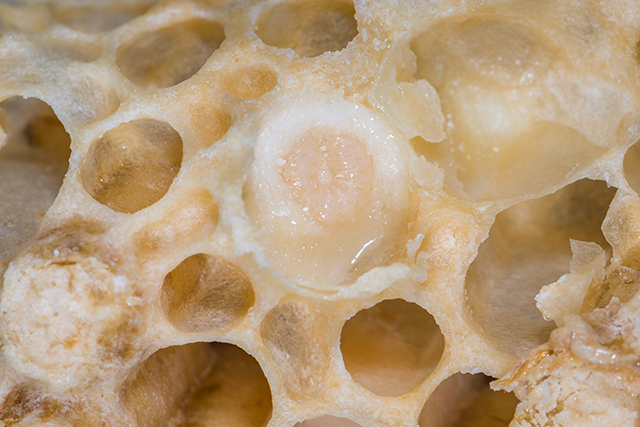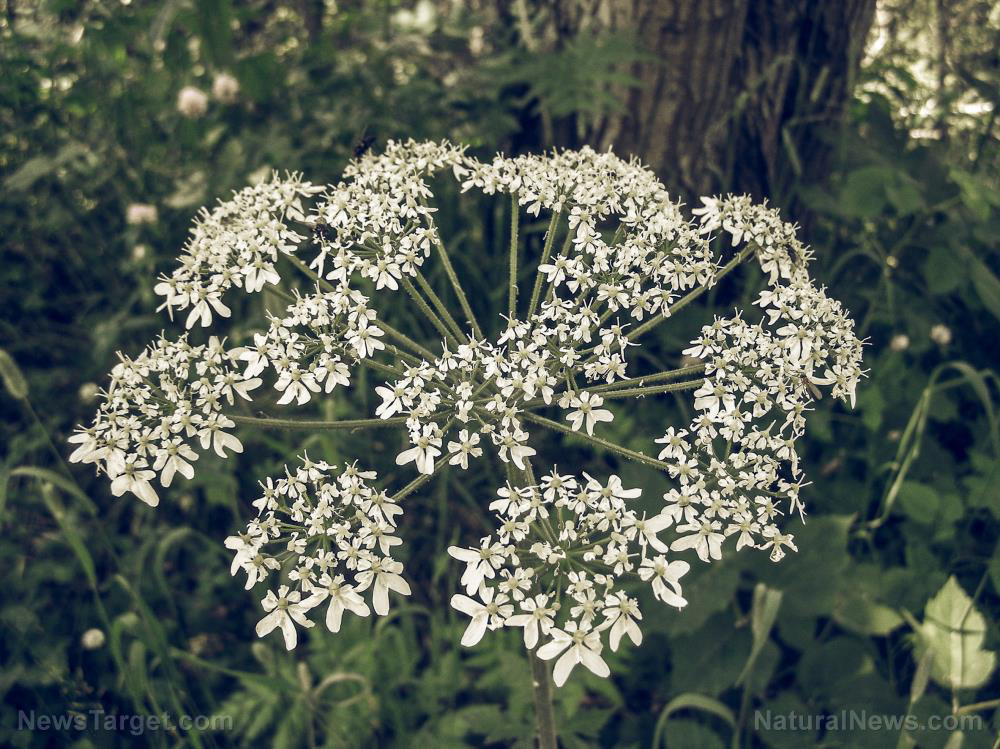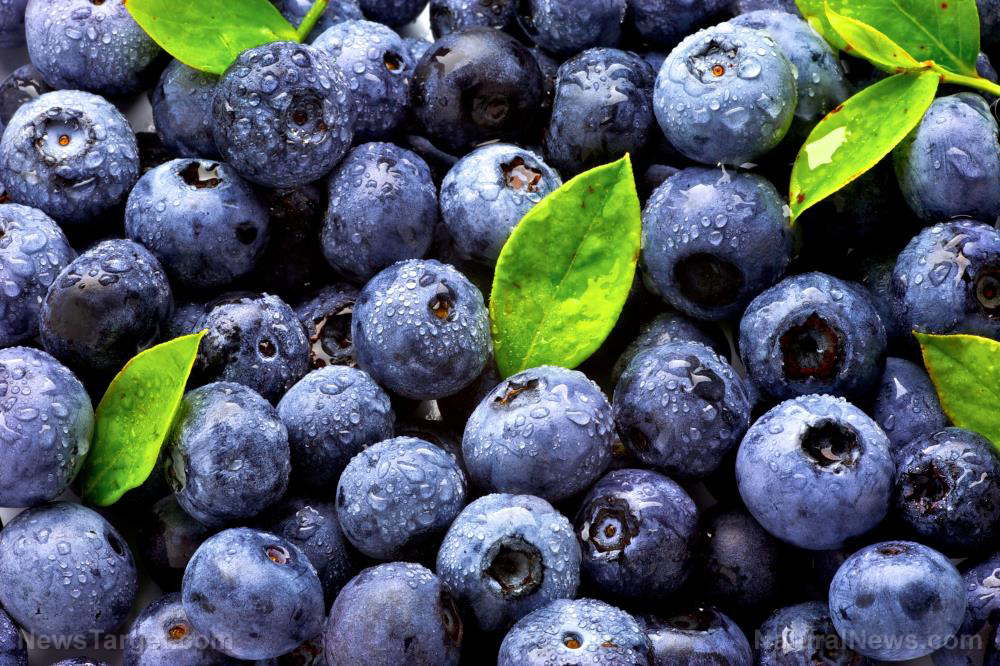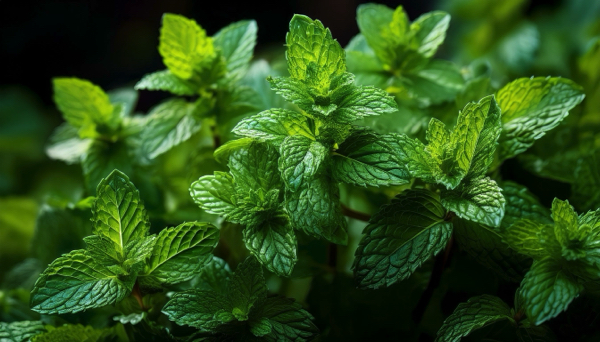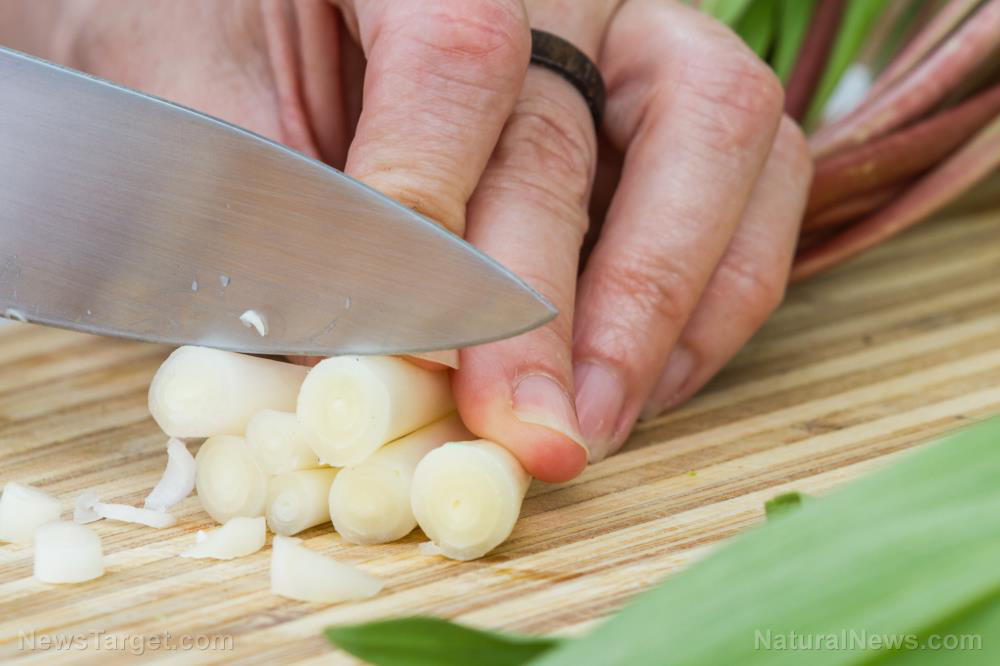Is honey a cancer-killing agent?
12/28/2023 / By News Editors

Most of us know honey as a sweet treat, but few are aware of its powerful cancer killing properties.
(Article by Sayer Ji republished from GreenMedInfo.com)
Honey is a superlative healing food. We know it has over 69 health benefits, as confirmed by the biomedical literature itself. But did you know it could be of profound benefit in diseases as life threatening and seemingly incurable as cancer?
Indeed, a study published the journal Molecules looked at the role of honey in positively impacting the development and progression of tumors or cancers. The review identified the presence of flavonoids and phenolic acids in honey as the primary anti-cancer compounds involved in its beneficial properties.
According to the study, flavonoids are biologically active natural compounds with a 15-carbon (C6-C3-C6) structure, comprising two benzene rings joined by a heterocyclic pyrane ring, with honey containing the following:
- Chrysin
- Kaempeferol
- Quercetin
- Pinobanksin
- Pinocembrin
- Luteolin
- ·Apigenin
- Hesperetin
- Naringenin
- Genistein
Interestingly, many of these flavonoids are classified as phytoestrogens, which are phytochemicals structurally similar to mammalian estrogens and therefore can bind to estrogen receptors. While many of these honey-derived flavonoids have been demonstrated to have both inhibitory and stimulatory effects, the vast majority of the cell (in vitro) and animal (in vivo) studies have demonstrated the anti-breast and estrogen sensitive cancer properties of these compounds, indicating that flavonoid rich honeys are likely to positively influence estrogenic activity in estrogen-receptor positive cancers.
Furthermore, some honeys – such as Tualang honey – exhibit the property of selective cytotoxicity, meaning they target cancer cells by inducing programmed cell death while leaving non-cancerous cells unharmed. This is extremely different than the mechanism of action behind conventional chemotherapy agents and radiotherapy which indiscriminately target both healthy and cancerous tissue, often conferring increased survival advantage to the most tumorigenic cells themselves: cancer stem cells.
Unlike chemotherapy and radiotherapy, natural compounds commonly exhibit this ‘do no harm’ property when it comes to healthy tissue, while at the same time being exceptionally effective at targeting the harmful cells.
Honey Better than Chemotherapy?
Another recent study compared the effect of Tualang honey with that of the pharmaceutical tamoxifen (an estrogen receptor antagonist) in two breast cancer cell lines (MCF-7 and MDA-MB-231). The study found that the anti-cancer effect of tualang honey on breast cancer cells was comparable to that of tamoxifen, a multi-billion dollar blockbuster drug. This is all the more remarkable, considering that Tamoxifen is classified by the World Health Organization and the American Cancer Society to be a human carcinogen, and is technically a xenobiotic chemical – inherently toxic and biologically alien to human physiology.
Honey Kills Cancer in Animals
According to the study, animal research has established honey’s significant anti-cancer properties, specifically in regard to inhibiting metastasis (invasiveness):
“Several studies have also confirmed the antimetastic, antiproliferative and anticancer effects of honey on breast tumor or cancer in rodents. In a murine (mammary carcinoma) tumor model, the anti-metastatic effect of honey when applied before tumor-cell inoculation has been reported [40]. The antimetastatic effect of honey may be due to its flavonoids such chrysin which have been shown to inhibit the metastatic potential of human breast cancer cells [41]. Similarly, a study investigated the antitumor effect of two honey samples containing different phenolic contents against Ehrlich ascites and solid carcinoma. Both honeys were found to markedly inhibit the growth of Ehrlich ascites carcinoma, but the honey containing higher phenolic content exerted a greater antitumor effect [42]. Research carried out by Tomasin and Gomes-Marcondes investigated the effects of combined Aloe vera and honey on tumor growth and cell proliferation against Walker 256 carcinoma implant in Wistar rats. Both agents were found to suppress tumor growth and inhibit cell proliferation [43].”
Honey Kills A Wide Range of Cancers
The review focused on the potential of honey to affect a variety of cancers, including:
- Liver Cancer: Gelam honey has been found to kill liver cancer cells, exhibiting selective cytotoxicity, anti-angiogenic, cytotoxic, and anti-proliferative properties, in both cell and animal research.
- Colorectal Cancer: gelam and nenas monofloral honeys exhibit anti-cancer properites in colorectal cell lines.
- Prostate Cancer: Greek honeys (thyme, pine and fir honey) have been found to exhibit anti-proliferative properties.
- Other Forms of Cancer: There has been a battery of studies on the anti-cancer properties of honey, focusing on the following types: a) bladder b) endometrial c) renal cell carcinoma d) skin cancer cells e) cervical f) non-small cell lung cancer g) mouth cancer h) bone cancer (osteosarcoma).
What are the Mechanisms of Honey’s Anti-Cancer Properties?
There are a wide range of observed mechanisms of honey’s cancer-killing properties, which include:
- Cell Cycle Arrest – The normal process of cancer cell replication is halted.
- Activation of the Mitochondrial Pathway – compounds or agents such as honey rich in flavonoids that are capable of activating mitochondrial pathway and release of proteins such as cytochrome C are considered potential cytotoxic (cell killing) agents.
- Induction of Mitochondrial Outer Membrane Permeabilization – The induction of mitochondrial outer membrane permeabilization (MOMP) leads to leakage of intermembrane space proteins into the cytosol and consequently causing cell death
- Induction of Programmed Cell Death (Apoptosis): The activation of a “cell death” program designed to protect against cancer.
- Modulation of Oxidative Stress: It is believed that honey’s antioxidant properties may nip one of the fundamental processes in cancer’s progression – oxidative stress – in the bud.
- Amelioration of Inflammation: Inflammation is at the root of many cancers, and since honey is able to suppress it, it is can significant impact carcinogenesis.
- Modulation of Insulin Signaling: Because cancer is associated with increased insulin resistance and honey is capable of reducing insulin resistance, it is believed to mitigate a major driving factor in carcinogenesis.
- Inhibition of Angiogenesis: Honey has been found to inhibit the fundamental process of cancer expansion (the production of a new blood supply) by inhibiting angiogenesis.
The study reviewed all possible avenues through which honey suppressed cancer, with 20 depicted in the image below:

The study concluded with following summarization:
“Honey is a natural product that shows potential effects to inhibit or suppress the development and progression of tumor and cancer. Its antiproliferative, antitumor, antimetastic and anticancer effects are mediated via diverse mechanisms, including cell cycle arrest, activation of mitochondrial pathway, induction of mitochondrial outer membrane permeabilization, induction of apoptosis, modulation of oxidative stress, amelioration of inflammation, modulation of insulin signaling, and inhibition of angiogenesis in cancer cells. Honey is highly and selectively cytotoxic against tumor or cancer cells while it is non-cytotoxic to normal cells. It can inhibit cancerogenesis by modulating or interfering with the molecular processes or events of initiation, promotion, and progression stages. It, therefore, can be considered a potential and promising anticancer agent which warrants further research—both in experimental and clinical studies.”
Read more at: GreenMedInfo.com
Submit a correction >>
Tagged Under:
alternative medicine, anticancer, cancer tumors, cures, honey, natural cures, nutrients, nutrition, remedies, Super foods, tualang honey
This article may contain statements that reflect the opinion of the author
RECENT NEWS & ARTICLES
consumerwellness.info is a fact-based public education website published by consumerwellness.info
All content copyright © 2023 by consumerwellness.info
Contact Us with Tips or Corrections
All trademarks, registered trademarks and servicemarks mentioned on this site are the property of their respective owners.




